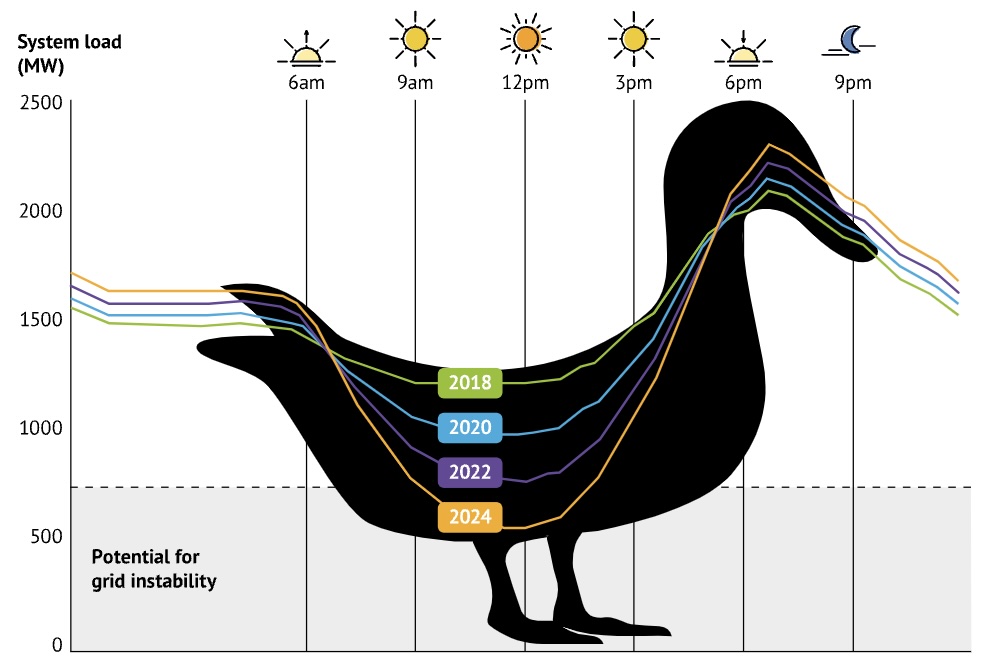As energy costs continue to rise, many homeowners are exploring ways to reduce their electricity bills. For those with solar energy systems, time-of-day (ToD) pricing presents an effective strategy to save money. By understanding how ToD pricing works and applying it to solar usage, homeowners can lower their energy expenses.

What is Time-of-Day Pricing?
Time-of-day pricing, also known as time-of-use (ToU) pricing, is a rate structure where electricity prices vary throughout the day based on demand. Unlike flat-rate billing, where users pay a constant rate, ToD pricing adjusts rates according to the time when electricity is consumed. Peak periods, usually in the late afternoon and evening, have higher rates, while off-peak times, such as late night or early morning, offer lower rates.
Why Time-of-Day Pricing Matters
The demand for electricity fluctuates throughout the day. During peak times, when people use the most power, electricity costs rise. ToD pricing encourages energy use during low-demand hours by offering lower rates, benefiting both the consumer and the grid.
How Time-of-Day Pricing Works
- Peak Hours: High-demand periods (typically late afternoon and evening) where electricity prices are highest.
- Off-Peak Hours: Times of lower demand, generally overnight, when rates are significantly lower.
- Shoulder Hours: Moderate demand periods, often during midday, with rates between peak and off-peak pricing.
By shifting energy use to off-peak hours, customers can reduce their bills. Solar users with batteries can optimise savings by storing solar energy during daylight hours and using it during peak times.

Benefits of Time-of-Day Pricing for Solar Owners
ToD pricing is particularly beneficial for solar energy users. Here’s how:
- Higher Sell-Back Rates: Solar panel systems often generate excess electricity during the day. When this energy is exported to the grid during peak hours, solar owners can earn more for their exported electricity.
- Enhanced Savings with Batteries: Solar battery owners can store excess power generated during the day and use it in the evening when electricity costs more. This allows homeowners to avoid peak rates and maximize their self-consumption.
- Improved Return on Investment (ROI): By leveraging ToD pricing, solar users can enhance their ROI. The savings on electricity bills accumulate faster, meaning the solar system pays for itself sooner.
Solar Energy, Batteries, and Time-of-Day Pricing
Adding a solar battery to a solar panel system further increases the potential savings under a ToD pricing structure. Batteries allow users to store free energy generated by solar panels during the day for later use. With a battery, homeowners can draw on stored free solar energy instead of relying on the grid during peak hours.
For example, if peak pricing occurs from 4:00 PM to 9:00 PM, a battery can power the home during this time, eliminating the need to use expensive grid electricity. Many states, including NSW, ACT, Victoria and the Northern Territory, offer rebates or incentives for battery installation, making this an even more attractive option for homeowners.
Considerations for Solar Owners with Time-of-Day Pricing
- Size of the Solar System: A larger solar system can generate more energy, potentially producing enough to cover both current and future energy needs. This is especially beneficial under ToD pricing when combined with a battery, as it increases the amount of energy that can be sold back to the grid at higher rates.
- Battery Capacity: The size of the battery should match your household’s energy consumption. A battery that is too small may not store enough energy to last through peak hours, while a larger battery can help maximise savings.
- Smart Energy Management: By using smart devices and energy management systems, homeowners can automate when and how energy is consumed. For instance, running high-energy appliances during off-peak hours, or setting the battery to discharge during peak hours, maximises cost savings.
Comparing ToD Pricing Plans
Not all ToD pricing plans are created equal. Different utility providers offer various rates and structures, so it’s essential to compare plans and understand peak and off-peak times for your area. Some plans offer “super off-peak” hours, providing even lower rates during very low-demand times, usually in the early morning.
When comparing plans, consider:
- Peak and Off-Peak Hours: Some plans have shorter or longer peak periods, impacting when you should aim to use energy.
- Rates for Each Period: Ensure the rates align with your typical energy usage patterns. Plans with lower peak rates may provide more savings if you often consume energy in the evening.
- Export Rates for Solar: Some providers offer higher feed-in tariffs during peak times, which can enhance savings for solar users exporting energy to the grid.
Tips for Optimising Solar Use with ToD Pricing
- Adjust Energy Consumption Patterns: By shifting appliance usage to off-peak hours, you can maximise the benefits of lower rates. Use timers or smart plugs to automate energy use.
- Store Energy During Daylight Hours: A battery lets you store solar energy for later use. Discharging this energy during peak hours can save you more than drawing from the grid.
- Take Advantage of Feed-in Tariffs: Some ToD pricing plans offer higher feed-in tariffs during peak hours. If your system generates excess energy during peak times, you can earn more by exporting it to the grid.
- Monitor Energy Usage: Smart meters and energy management apps help track your energy consumption patterns. Adjusting these patterns based on ToD pricing can optimise your savings.
The Future of Time-of-Day Pricing
As more households adopt solar energy, time-of-day pricing is likely to become the norm across Australia. Utilities benefit from ToD pricing by balancing demand and encouraging energy use when grid capacity is readily available. For solar owners, it creates an opportunity to enhance financial savings and reduce reliance on the grid.
With advancements in energy storage technology, solar users are increasingly well-positioned to benefit from ToD pricing. Batteries are becoming more affordable, and smart energy management systems are making it easier to automate energy use. These technologies allow homeowners to further maximise the advantages of solar energy under ToD pricing models.
Conclusion
Time-of-day pricing offers an incentive for solar owners to reduce electricity bills and increase savings. By aligning energy usage with off-peak rates and exporting excess energy during peak times, solar users can make the most of their solar investment. Adding a battery further enhances these benefits, allowing homeowners to avoid peak rates altogether. As ToD pricing becomes more widespread, now is the perfect time for solar users to take advantage of these cost-saving opportunities and maximise their return on investment.